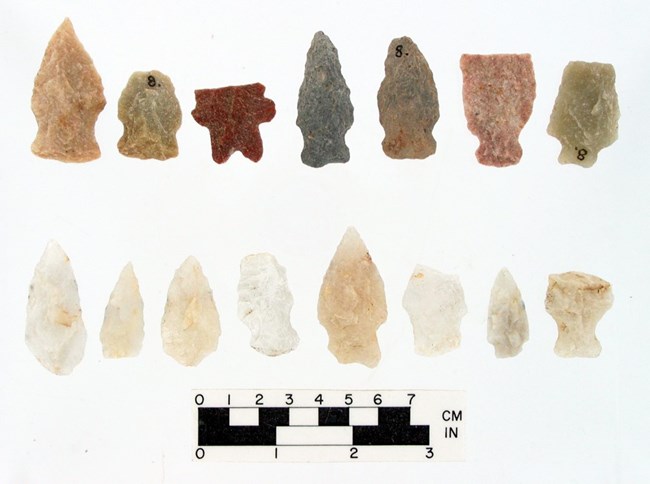Part of a series of articles titled History and Archeology of the District of Columbia Monumental Core.
Next: The L'Enfant Plan
Article
by Charles LeeDecker

NPS
The Monumental Core in the District of Columbia contains some of the nation’s most iconic landscapes, landmarks and memorials. The modern landscape bears little resemblance to the natural environment or the nineteenth-century city. For thousands of years, Native Americans camped along the bank of a tidal creek. After the City of Washington was established in 1790, the creek was transformed first into a canal, then a foul sewer that carried the city’s waste into the Potomac River. Areas of open water and low-lying creek banks were filled during the nineteenth century, mostly related to efforts to maintain navigation on the Potomac River. While the formally landscaped public lands are a now premier tourist destination and a stage for countless celebrations and demonstrations, the history of the underlying landscape is little known.
Before the City of Washington was laid, much of the area of the Monumental Core was open water in the channel of Tiber Creek, of the District’s natural inland waterways. Tiber Creek, also known as Goose Creek, drained about half of the downtown area, emptying into a broad, shallow tidal estuary. The headwaters of Tiber Creek began more than 3 miles north of the Capitol; in the downtown area it meandered west toward the Potomac, roughly following the present course of Constitution Avenue (formerly B Street). At the mouth of Tiber Creek near 17th Street, the creek was some 700 to 800 feet wide.

James Krakker
Evidence of Native American occupation has been found throughout the city, especially along the major waterways. In the Monumental Core area, Native American groups would have been attracted to a tidal marsh that supported a variety of shellfish, waterfowl, crabs, and fish. Among the holdings of the Smithsonian Institution is a collection of 147 specimens from a location known as the Monument Grounds archeological site. Artifacts in this collection indicate episodic use of the area for at least 7000 years.
Part of a series of articles titled History and Archeology of the District of Columbia Monumental Core.
Next: The L'Enfant Plan
Last updated: June 26, 2024